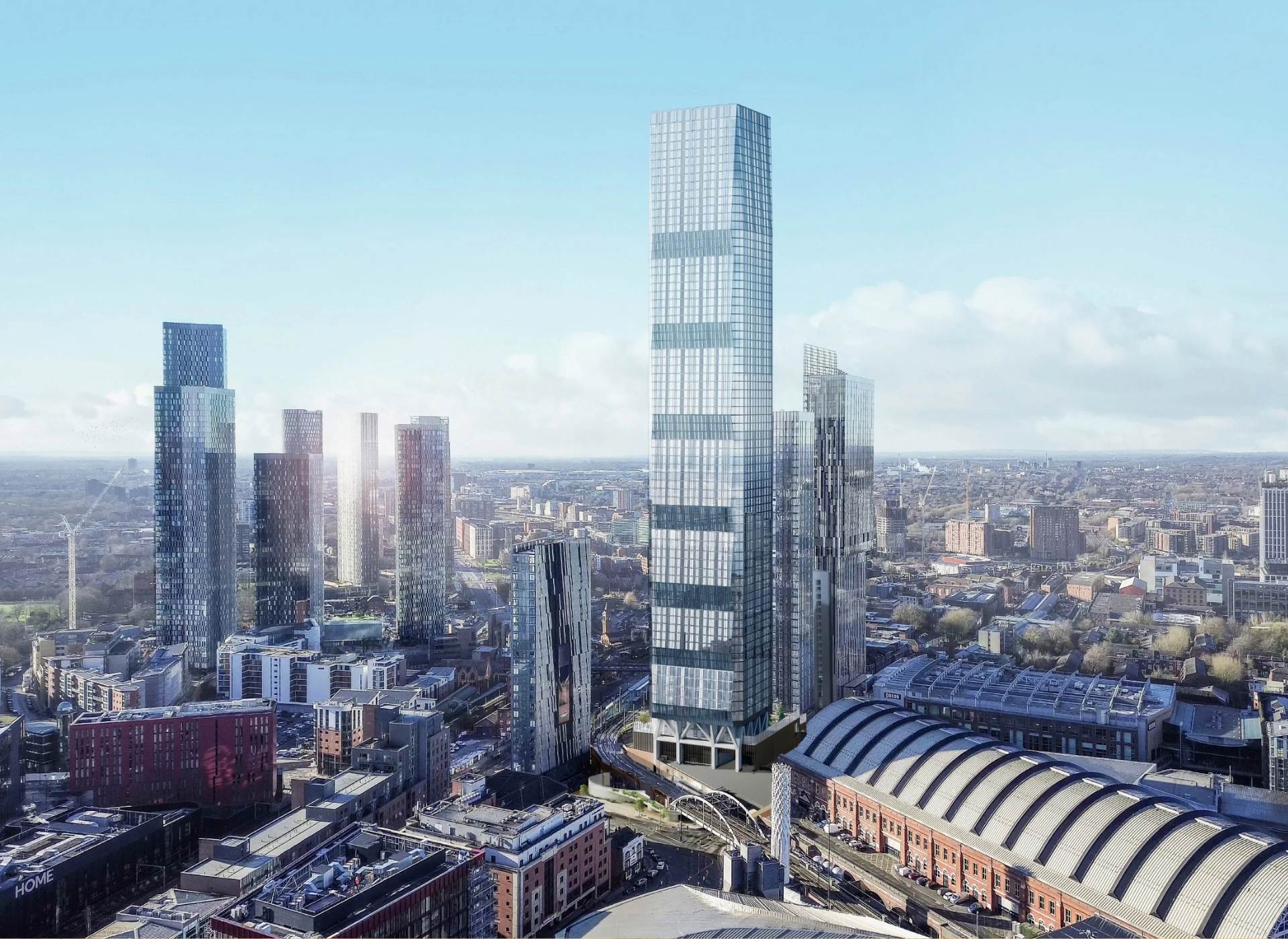The era of consistently low borrowing costs is definitively over. For UK property investors, the recent and persistent upward trend in buy-to-let mortgage rates represents one of the most critical challenges to portfolio profitability in the current cycle. While the housing market has shown resilience, with annual house price growth at 3.0% as of August 2025, according to the Office for National Statistics (ONS) (ONS House Price Index), the cost of finance is now the single largest determinant of net yield and cash flow. Small rate increases, when applied across substantial portfolios, can swiftly erase profit margins, forcing a necessary re-evaluation of strategy. Understanding why rates are moving and implementing a proactive response is paramount to maintaining viability in the evolving buy to let mortgage landscape.
Table of Contents
Why Buy-to-Let Mortgage Rates Are Rising
The upward trajectory of buy-to-let mortgage rates is not isolated; it is a direct function of macroeconomic forces and shifting lender sentiment.
Bank of England Decisions and Inflation
The primary driver is the Bank of England’s (BoE) stance on inflation. While inflation has cooled from its recent peaks, persistent wage growth, a tight labour market, and global volatility mean the BoE has maintained a higher base rate for longer than initially hoped. As of recent market tracking, the average 5-year fixed buy-to-let mortgage deal is hovering around 5.02%, with 2-year fixes at approximately 4.98%. These figures, which represent a significant increase on historic lows, are a direct transmission of the higher BoE base rate to retail lending.
Lender Margins and Market Sentiment
Beyond the base rate, two other factors influence retail mortgage pricing:
- Funding Costs: Lenders raise money primarily in wholesale markets, where the cost of funds is tied to future interest rate expectations. Uncertainty driven by factors like persistent inflation and high government borrowing has kept these costs elevated.
- Lender Caution: The Financial Policy Committee (FPC) and the Prudential Regulation Authority (PRA) require lenders to stress-test affordability rigorously. With interest rates higher, lenders adopt a more cautious approach, demanding higher Interest Coverage Ratios (ICR) on rental income and building greater margins into their pricing to manage risk, especially given the rising rate of arrears in the BTL sector (UK Finance Report). This cautious sentiment directly impacts the cost of a new buy-to-let mortgage.
The Direct Impact of Higher Buy to Let Mortgage Costs on Portfolios
The impact of rising buy-to-let mortgage expenses extends far beyond simply increasing the monthly bill; it fundamentally alters the financial dynamics of the entire investment.
Cash Flow Squeeze
For most BTL investors, particularly those on interest-only mortgages, the repayment amount is directly linked to the interest rate. Even a 0.5% increase on a £200,000 mortgage adds £1,000 per year in costs. This significantly reduces the net rental income and, in many cases, pushes highly leveraged properties into a negative cash flow position. This cash flow squeeze is forcing many landlords to reconsider their involvement in the sector (BBC Analysis).
Refinancing Pressure
A considerable portion of the BTL market secured fixed-rate deals during the ultra-low rate environment of 2020-2022. As these deals mature, investors face a sharp jump, often referred to as ‘mortgage shock’, when refinancing onto the current, higher-cost products. This pressure is particularly acute for older, unincorporated landlords who face both higher rates and the restrictions of Section 24 mortgage interest relief.
Portfolio Valuation and Yields
When assessing a property’s value, investors focus heavily on yield. As the cost of finance rises, investors demand a higher gross yield to achieve their target net return. This rising yield expectation acts as a downward pressure on capital values, especially for lower-yielding properties. However, forecasts from firms like Savills suggest strong capital growth is expected to return in key regional markets like the North West, which is forecast for over 31% growth over the next five years, mitigating some of this yield pressure (Savills Forecast).
Tenant Dynamics
While landlords can, and often must, increase rents to cover higher mortgage costs, there is an ultimate limit to tenant affordability. In some markets, this has led to double-digit rent rises, but any future response by the government to rental price inflation could impose further regulatory risk.
How Buy-to-Let Investors Must Respond Strategically
Successfully navigating this period requires a shift from passive ownership to proactive financial engineering and strategic property management.
1. Review and Optimise Your Finance
The most immediate action is to review your debt structure. Comparing current lender deals is a necessity, and investors should explore specialist buy-to-let mortgage lenders who offer products tailored for limited companies or large portfolios.
- Fixing vs. Tracker: Evaluate the pros and cons of fixing a rate now (locking in security against potential further hikes) versus opting for a tracker (banking on future BoE rate cuts).
- Specialist Advice: Utilise the expertise of professional mortgage brokers who have access to the whole market and can source complex limited-company and portfolio deals. Learn your potential payments with a specialised mortgage calculator and explore mortgage services tailored to your investment needs.
2. Strategic Debt and Structure Consolidation
A prudent investor must look at ways to reduce the cost of capital. This may involve rebalancing or consolidating debt to pay down high-interest loans. Furthermore, if you are not already operating through a corporate vehicle, considering incorporating your portfolio may offer both tax advantages (avoiding Section 24 restrictions) and access to more favourable corporate borrowing products.
3. Optimise Rental Income and Asset Quality
Cash flow must be maximised to absorb higher buy-to-let mortgage rates.
- Rents: Proactively reassess rental levels in line with market trends and strong local demand.
- Upgrades: Invest strategically in property upgrades, particularly those that improve EPC ratings or add desirable tenant amenities, to justify higher rents or attract premium, long-term tenants.
4. Diversify and Focus on Long-Term Growth
The current environment favours highly resilient assets. Investors should diversify their portfolio by looking beyond traditional single-family homes. Consider alternative strategies like Houses in Multiple Occupation (HMOs), short-term lets, or commercial conversions, which can often generate stronger yields.
Crucially, maintain a long-term focus. Concentrate investments in areas with robust fundamentals, such as major regional city hubs supported by strong employment, infrastructure spending, and professional tenant demand. The key is to stay liquid and ready to act if prices soften, allowing you to acquire discounted assets. Be proactive, not reactive.
The increased cost of a buy-to-let mortgage is a challenge, but it is also a catalyst. It separates the passive investor from the strategic one. Those who seek tailored advice and maintain a long-term, calculated view of the market are best positioned to not only survive this cycle but also emerge stronger.
Ready to Build a Resilient Portfolio?
Don’t let rising buy-to-let mortgage rates jeopardise your investment goals. Taking calculated, strategic steps now is the key to securing long-term profitability.
Request a free consultation with our experts today to review your financing options and devise a resilient investment plan.






